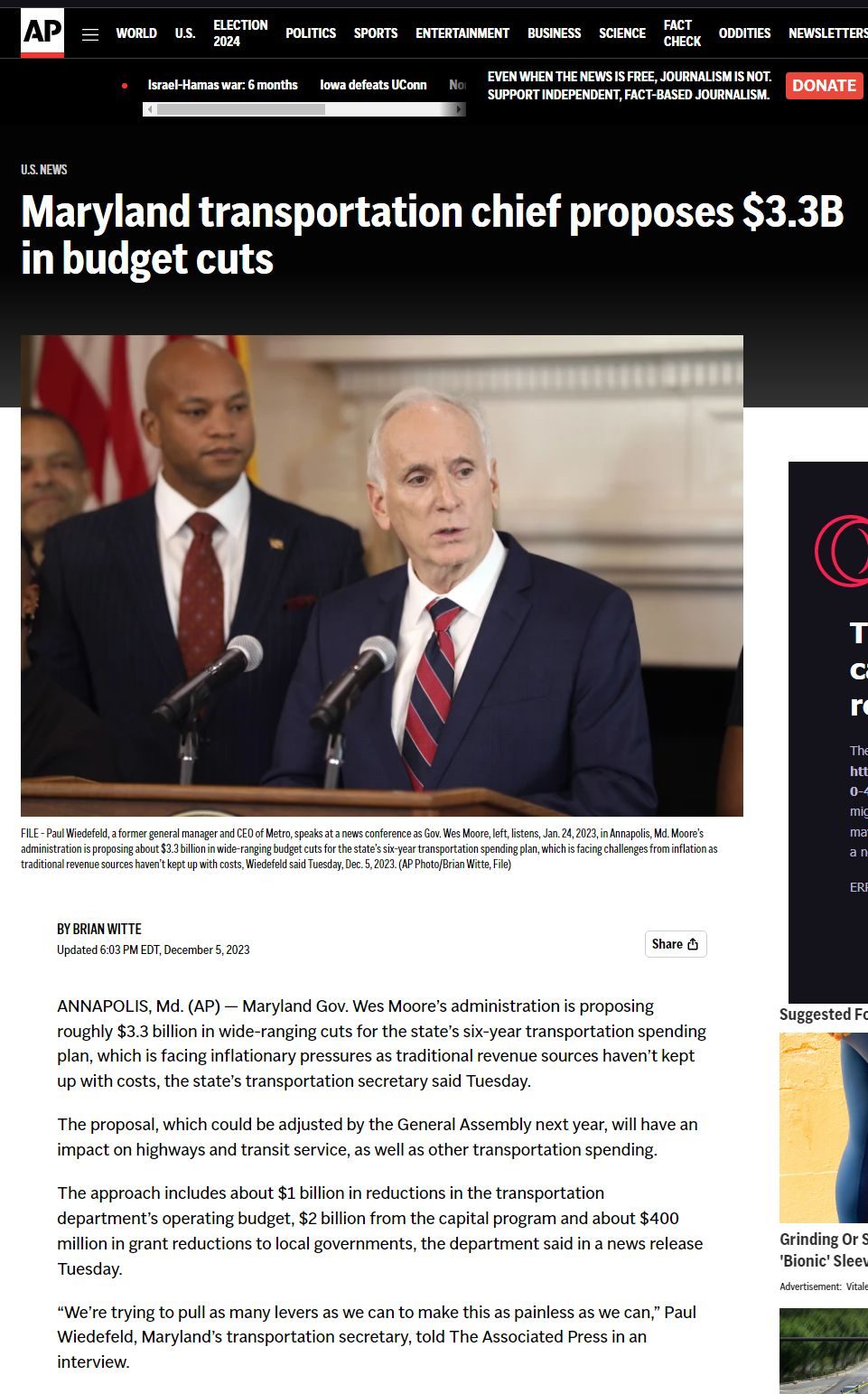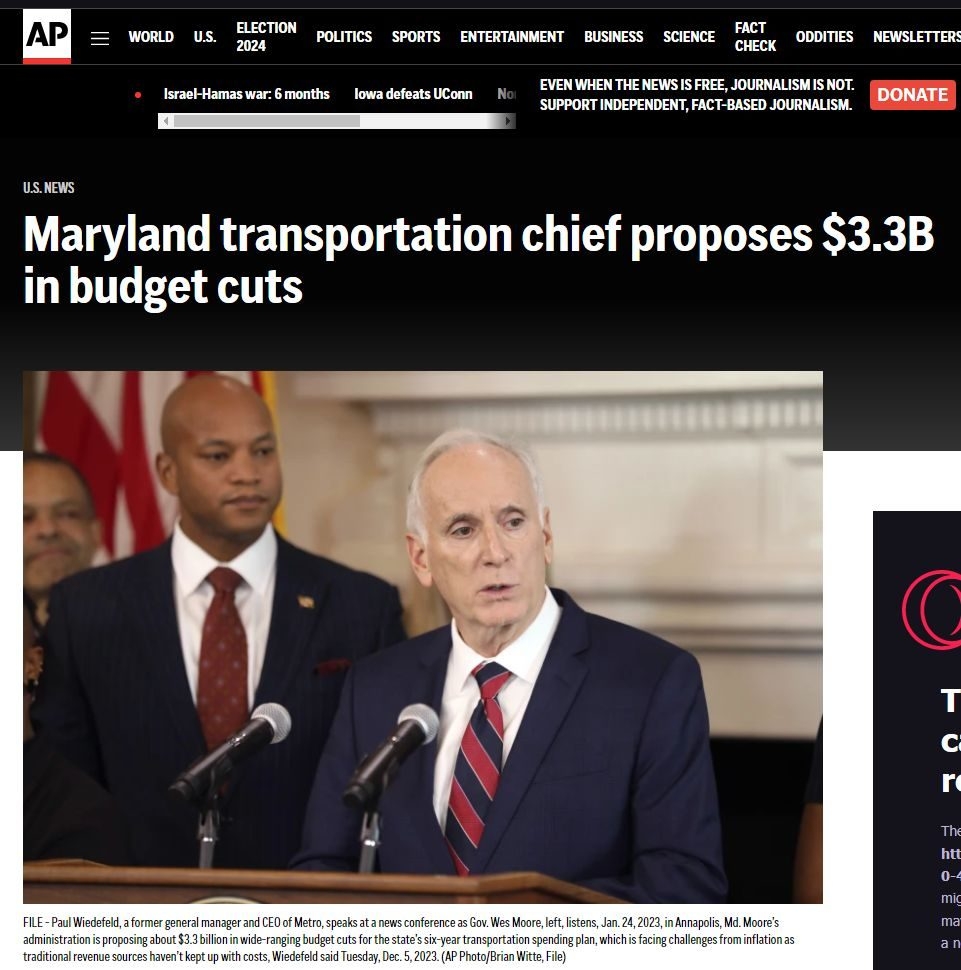“The Baltimore Francis Scott Key Bridge take-down was a trillion-dollar costly event, ongoing, and yet all culpable persons remain unnamed, kept totally anonymous, with some reportedly having been slyly ‘escaped’ from the country! There is, in fact, zero publicly-verifiable evidence that any genuine Captain, Pilots or Crew ever existed: Was DALI a remote-controlled ghost-ship on kamikazee mission from its outset? No waves or creaking metal nor splash-down sounds at all were recorded nor (initially) noted by any (reportedly) nearby persons; cameras recorded zero shaking, seismometers measured zero vibration. Anomalies and oddities galore overwhelm the aftermath, beguile reason, confound explanation. No interviews exist with supposed survivors; “family and friends” etc interviews reveal ‘dupers-delight’ micro-facial-expressions with other hallmarks suggestive of fraud. No verifications of any supposed deaths have yet been publicized. Rampant is the extremely suspicious damage with blatantly visible, verifiable anomalies (including massive, five-storys tall fireballs in both original night-time videos) totally inexplicable (and wholly ignored) by official theory or story. Grand payola galore is already underway with loads more coming. This event appears to involve another shabby yet audacious crime, militarized from gov to salvage to rebuild. There was no rescue skiff on scene as required by OSHA. No horn blasts from ship warned of imminent collision. The DALI ship departed despite (supposed) dire electrical problems, illegal at any time and even more highly unusual in the cold, dark night-time (part #94, first ‘after-sundown departure’ in two years). It goes on and on and on. Criminal was this manufactured event, through and through, and that’s before considering the absurd number of other anomalies ignored by the complicit, owned, ‘kept-pet’ mass-media…”
Part #91 adapted from a video comment.
Don’t miss the apparent precursor Tampa Bay Sunshine Skyway Bridge take-down test-run in 1981.
Index . Oddity List . Official Story . Summary
$3.3B in budget cuts! …..?
Maryland’s incredible budget shortfall… Hm. Not anymore…”problem” inverted.

The Impact of Maryland’s Transportation Budget Shortfall and the Future of Its Infrastructure
Introduction
In January 2023, Maryland announced a significant transportation budget shortfall that has had far-reaching consequences on the state’s infrastructure. This shortfall severely impacted the maintenance and upkeep of transportation systems, creating challenges that came to a head with the collapse of the Francis Scott Key Bridge in March 2024. This catastrophic event spurred a reevaluation and subsequent inversion of the transportation budget, enabling a series of critical changes and improvements. This post explores the origins and impacts of the budget shortfall, the aftermath of the bridge collapse, and the promising future of Maryland’s transportation system, particularly its potential to support Baltimore’s ambition to become a mega-port.
Maryland’s Transportation Budget Shortfall
In January 2023, Maryland’s transportation budget was hit with a substantial shortfall. Several factors contributed to this financial strain, including:
- Decreased Revenue: A decline in fuel tax revenue due to increased adoption of electric vehicles and fuel-efficient cars.
- Increased Costs: Rising costs of materials and labor, coupled with inflation, strained existing budgets.
- Deferred Maintenance: Years of deferred maintenance created a backlog of urgent repairs and upgrades that the budget could no longer support.
The immediate impact was a reduction in the maintenance and upkeep of roads, bridges, and public transit systems. Potholes went unfilled, bridges aged without necessary inspections, and public transportation systems saw service cuts and delays.
The Francis Scott Key Bridge Collapse
The collapse of the Francis Scott Key Bridge in March 2024 was a wake-up call for Maryland’s transportation infrastructure. The disaster highlighted the dire state of the state’s infrastructure and the urgent need for significant investment. The bridge collapse not only disrupted traffic but also underscored the potential dangers posed by neglected infrastructure.
Budget Inversion and Reprioritization
In response to the bridge collapse, Maryland undertook a comprehensive review of its transportation budget. The state legislature approved an emergency budget realignment, effectively inverting the previous budget priorities. Key changes included:
- Increased Funding for Maintenance and Repairs: Substantial funds were allocated to address the backlog of maintenance projects, focusing on critical infrastructure such as bridges, tunnels, and major highways.
- Emergency Inspections and Upgrades: An emergency program was launched to inspect and upgrade aging infrastructure to prevent further catastrophes.
- Public Transit Enhancements: Investments were made to improve and expand public transit systems, aiming to reduce traffic congestion and provide reliable alternatives to car travel.
Improvements Enabled by the Budget Inversion
The reallocation of funds enabled several crucial improvements:
- Bridge and Roadway Repairs: Major repairs were carried out on structurally deficient bridges and deteriorating roadways, enhancing safety and reliability.
- Transit System Upgrades: Upgrades to public transit included new buses, improved rail services, and expanded routes, making public transportation more accessible and efficient.
- Smart Infrastructure: Investment in smart infrastructure technologies, such as traffic management systems and real-time monitoring of bridge health, improved the efficiency and safety of Maryland’s transportation network.
Future of Maryland’s Transportation System
The changes implemented since the budget inversion have set the stage for a more robust and sustainable transportation system in Maryland. The future holds promising developments:
- Baltimore’s Mega-Port Ambitions: With improved transportation infrastructure, Baltimore is well-positioned to achieve its long-promised mega-port status. Enhanced road and rail connections will facilitate the movement of goods, bolstering the port’s capacity and efficiency.
- Sustainable Transportation Initiatives: Continued investment in public transit and sustainable transportation solutions, such as bike lanes and electric vehicle charging stations, will support Maryland’s environmental goals.
- Economic Growth and Development: A reliable and efficient transportation system is crucial for economic growth. Improved infrastructure will attract businesses and foster economic development, creating jobs and boosting the state’s economy.
Conclusion
Maryland’s response to the transportation budget shortfall and the subsequent bridge collapse has been transformative. By inverting the budget priorities and focusing on critical maintenance and improvements, the state has laid the groundwork for a resilient and efficient transportation system. As Baltimore moves towards its goal of becoming a mega-port, these infrastructure advancements will play a pivotal role in supporting economic growth and ensuring the safety and reliability of Maryland’s transportation network.
